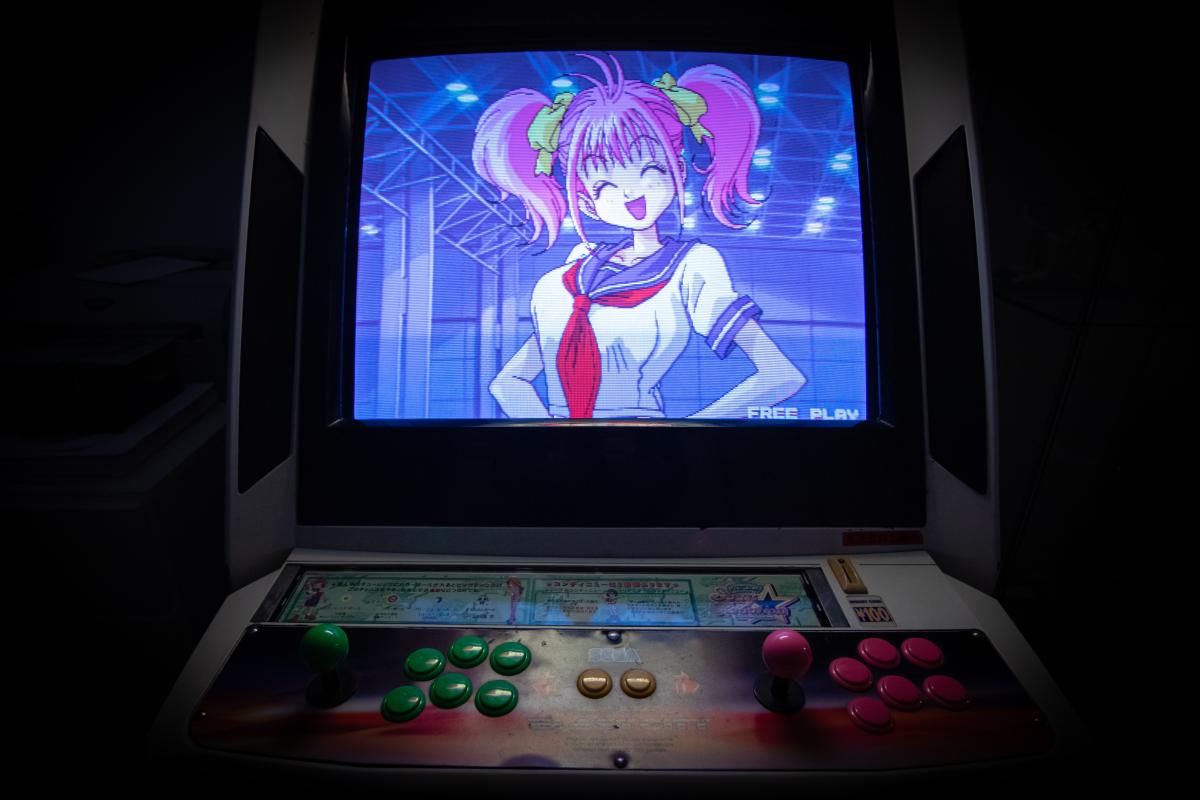
Have you noticed these similarities?
Definition of cliché
A phrase or idea that is repeated very often with the same words and has become worn out. It is a phrase or idea that is ready-made, banal, or common.
The most common clichés in manga
The most common clichés in manga
In all types of fiction there are common points between stories. By analysing the different stories a little, we can quickly realise some very common situations, characters, or the development of the scenario:
- The style of dress and appearance : The style of dress and appearance: the main characters generally have a rather unrestrained look, with hair of all colours (often a distinct colour for each character if there is a group, as in My Hero Academia) and accessories or clothes that are characteristic of the character (Luffy's straw hat, Light's Death Note,...). Thus the secondary characters will automatically have a much more banal appearance, with a drawing often less worked.
- A strong character : especially in shônen (manga mainly for boys), the main character is often a naive hero, or even a total idiot (we can find Naruto, Luffy, and many others), who likes to eat a lot. In general they spend a lot of time on this activity, which is almost obsessive for them. They share a great ambition, from being the king of the pirates to the best basketball player to the best trainer.
- A form of perversity : there is an omnipresence of generous breasts and glimpses of panties in most shônen. In general, there is a character who stands out from the crowd for being the "pervert", basically very interested in slipping an eye into some cleavage. Specifically, it's characters like Jiraya, Sanji or Nicky Larson.
- Female characters : always in shônen, we find a lot of clichés about the development of girls. In general there is always a very shy and self-effacing girl who tries to express her feelings to the hero (Hinata in Naruto), the hero's best friend (who in some stories is secretly in love with him), or the girl who can't stand the hero by shouting it out loud (in truth it's a ploy to better hide her feelings which are the opposite). In general, the hero never suspects that a girl is in love with him, because all that matters to him is to fight and win!
- Certain phases of the story : in a very basic way, in general the scenario of a shônen we find a period (at the beginning of the story) where the character trains, in order to reach the surpassing of himself. This training phase can constitute a good part of the story of the manga, but it ends with a first fight, often synonymous with the first defeat. But it will be the hero's only defeat, which will change his rival forever (he often changes completely after the outcome of the fight). He continues on his way until the final battle, the ultimate one, which can be interminable.
Anime-specific clichés
- Anime fights : there are anime-specific clichés, as the rhythm and format, as well as the addition of sound and animation, allow for many recurring elements to be incorporated. Like in nekketsu fights. It starts with the attackers taunting each other for a while, one of the two opponents draws, it's violent but not enough to destabilise the other, the second one outbids them with another attack, and so on for a while. The situation is only reversed, and this can last for several episodes until the end of the fight. In general, it is punctuated by moments when the characters shout the name of their opponent, as well as their fetish attack.
- The use of flashbacks : this probably saves free seconds of animation by recycling passages already seen, or to bring a dramatic aspect to the story. Because if there are not many deaths in the present of the story, there are on the other hand many deaths in the flashbacks!
- The opening and ending : always with a very happy J-Pop music, we have the parade of very similar images from one anime to another. The sequence often consists of the main location where the hero and his comrades meet, the heroes running in an intense moment, the solo characters turning towards the camera with a large shot on their face, poses with the protagonists in a pensive mode, moments of combat and if possible a second or two of tears. Most openings and endings are really photocopied from one manga to another.
Clichés are not necessarily negative !
To conclude, this article is not to demolish manga by putting all these points of similarity forward. If clichés are so common, it's because they work in most cases. It reassures the public to have points of attachment to something they already know. Deep down we like that, especially when they are well delivered and used. They bring emotion. And some manga take the decision to break these clichés, like One Punch Man, which is often very original!
If you want to surround yourself with other manga fans and be interested in diving deeper into the world of manga, Apolline offers guidance during her Manga courses in Lausanne, Etoy and Montreux.
For a more intensive training over a week, don't hesitate to sign up for the February 2022 courses - BD/Manga, held in Lausanne, Montreux, Etoy, Genève, Neuchâtel, Yverdon, Sion and Fribourg.
